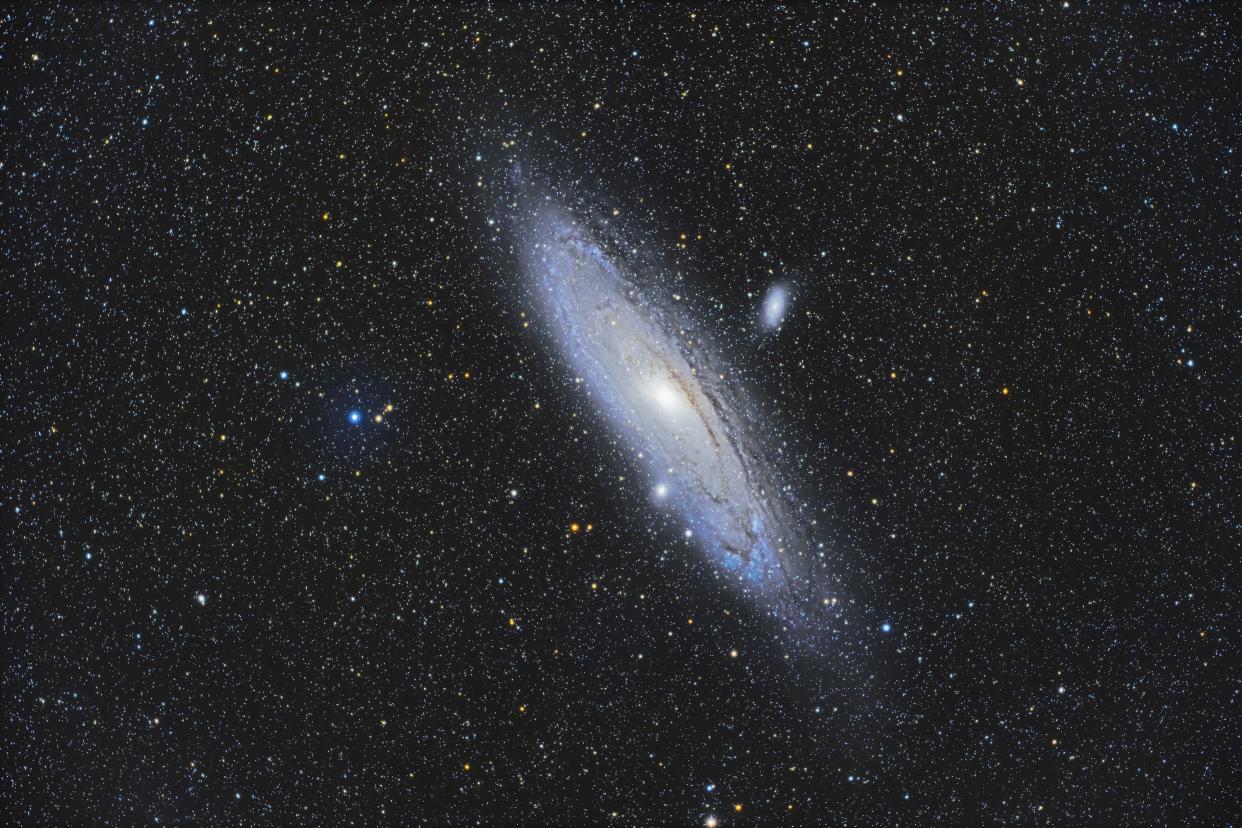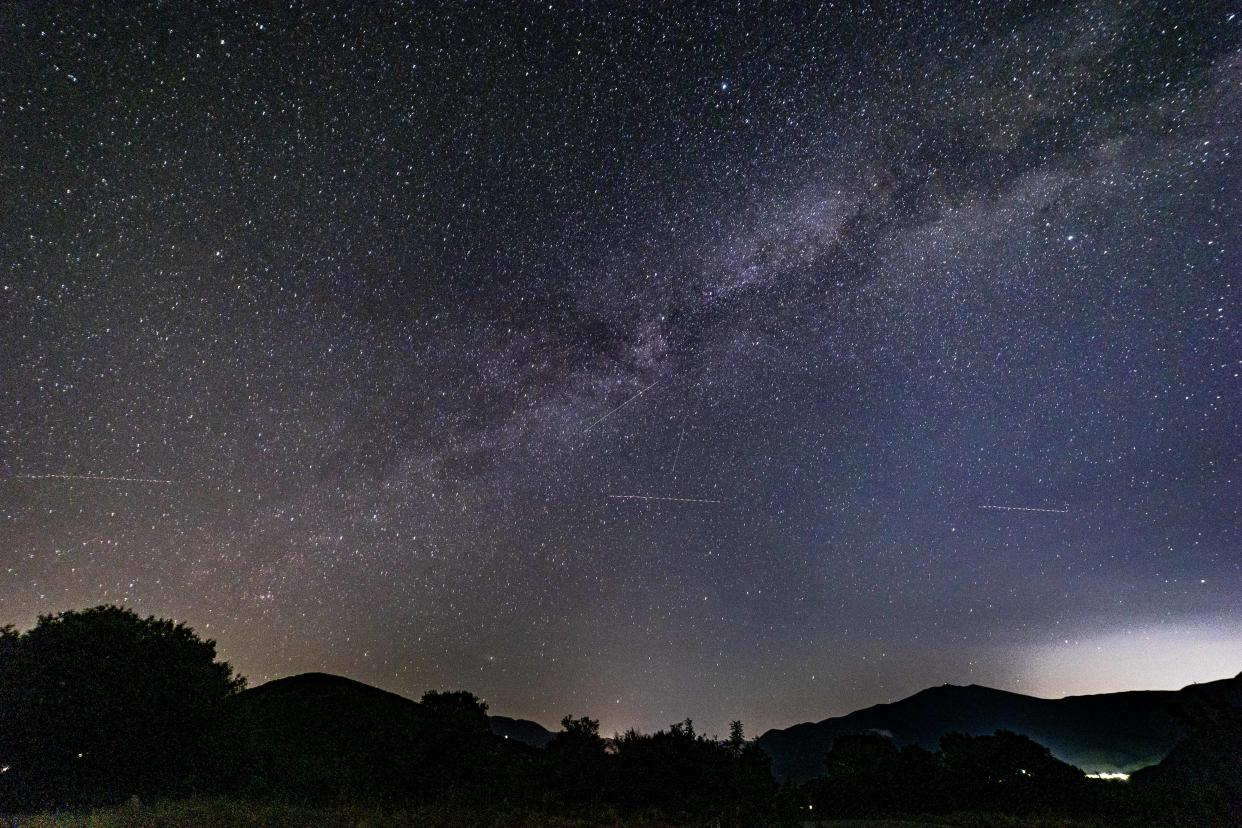Chances of our galaxy (eventually) colliding with another 'is only 50/50'

Something impossibly vast is hurtling towards our Milky Way galaxy from the depths of Space - and the collision could be the biggest celestial event not just for our planet but for the rest of the galaxy.
But a new study has shown that the apparent impending collision between our Milky Way galaxy and Andromeda (also known as Messier 31 or M31) might not happen at all.
Andromeda is about 2.5 million light years away from us, and is the nearest major galaxy to the Milky Way and moving closer. Researchers have believed for years that a collision, billions of years from now, was inevitable.
But a new study uploaded to the preprint server Arxiv suggests that the pull of two other nearby galaxies - M33 and the Large Magellanic Cloud - mean that the collision between Andromeda and the Milky Way might not happen at all.
What happens when galaxies collide?
A collision between two objects as vast as Andromeda and the Milky Way sounds enormous - with Andromeda having a mass of a trillion times that of our sun. .

But in practice, the vast distances between stars means that when galaxies collide, they actually just merge into one larger galaxy.
Were the Milky Way to collide with Andromeda, Earth would probably relocate to an area on the edge of the new, merged galaxy.
NASA wrote in a press release describing the collision of Andromeda and the Milky Way: ‘Although the galaxies will plough into each other, stars inside each galaxy are so far apart that they will not collide with other stars during the encounter. However, the stars will be thrown into different orbits around the new galactic centre. Simulations show that our solar system will probably be tossed much farther from the galactic core than it is today.’
Eventually, the two galaxies will form a single elliptical galaxy (scientists sometimes refer to this as ‘Milkdromeda’) with two supermassive black holes at the centre.
Eventually, the two black holes will also merge with one another.
When might this happen?
The new research focuses on the likelihood of a ‘merger’ between the Milky Way and Andromeda within the next 10 billion years.
Previous research using the Hubble Space Telescope suggested that the collision could occur in four billion years’ time.
To put this in context, scientists believe that our Earth is 4.54 billion years old.
What does the new research show?
The pre-print research - which has yet to be peer-reviewed by a scientific journal - suggests that the collision between Andromeda and the Milky Way is less certain than previously thought.
The researchers, from the University of Helsinki and University of Durham, among others write: "As it stands, proclamations of the impending demise of our galaxy appear greatly exaggerated."
The researchers say that previous research doesn’t take into account the ‘sideways’ pull of other nearby objects as the Milky Way and Andromeda move towards each other.
Previous research has failed to take into account other uncertainties, the researchers write.
With two possibilities on the table (Milky Way and Andromeda merge, or they continue to be isolated, the researchers conclude that “both outcomes are equally likely”, adding the orbit of the Large Magellanic Cloud runs perpendicular to the Milky Way - Andromeda orbit and makes their merger less likely.
“In the full system, we find that uncertainties in the present positions, motions, and masses of all galaxies leave room for drastically different outcomes, and a probability of close to 50% that there is no Milky Way - Andromeda merger during the next 10 billion years.”


